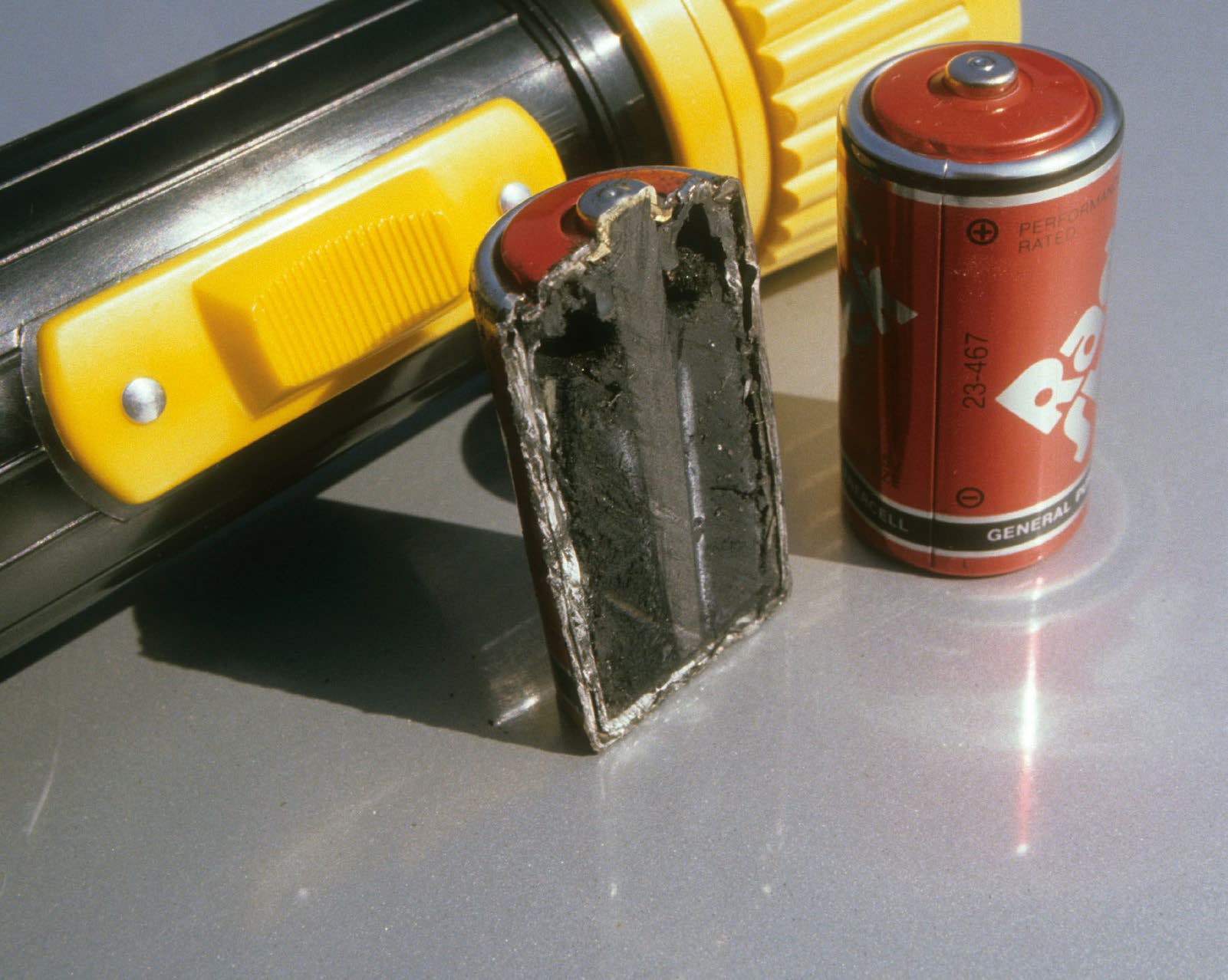SCIENCE
How is energy stored in normal batteries you can buy in the shops?
Louise Tyndall

© Alamy
A common battery, like the AAs you can buy in the shops, has three parts: a positive electrode, a negative electrode and an electrolyte – a chemical medium that separates the electrodes. A chemical reaction between the positive and negative parts generates an electrical charge with the help of the chemical reagent. When the reagent runs out, it stops producing the charge. This means that a battery doesn’t store the energy itself, but rather the potential to produce it. A rechargeable battery typically uses lithium-ion as a chemical reagent, which allows the process to be reversed, turning charge back into chemical potential.